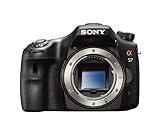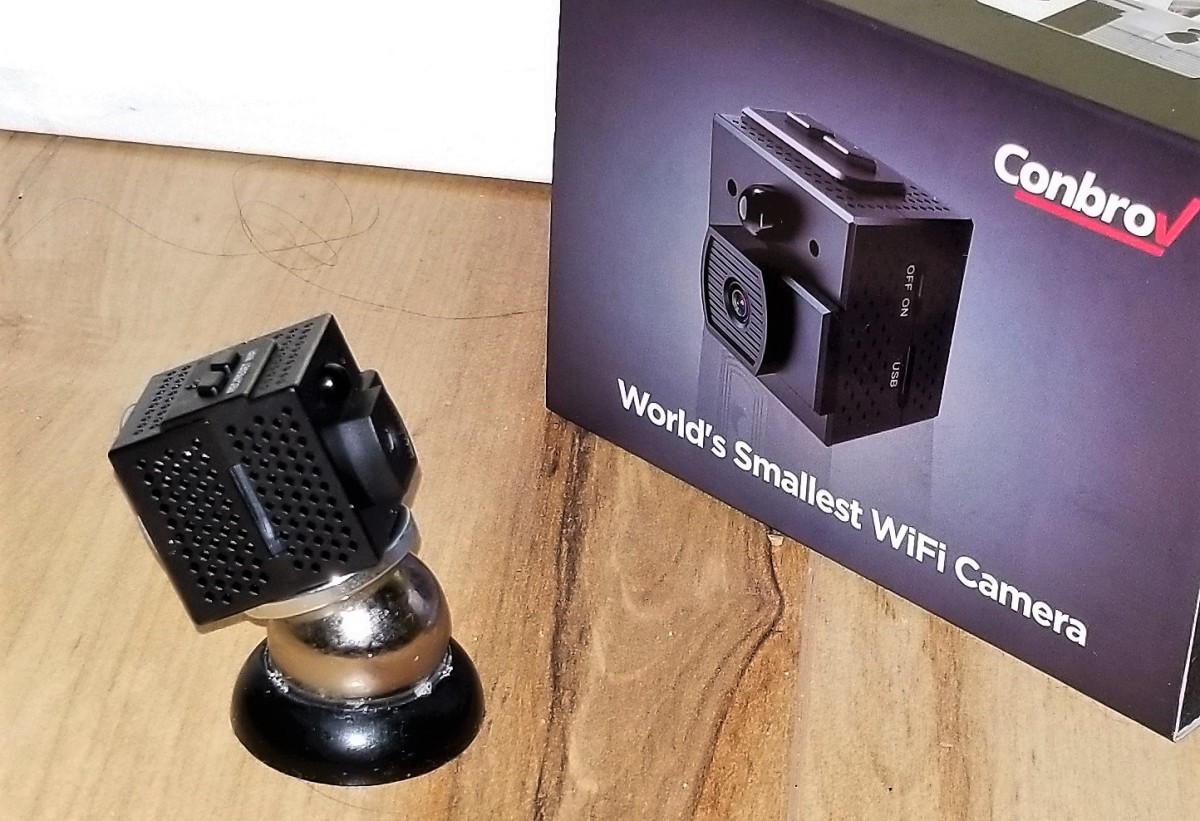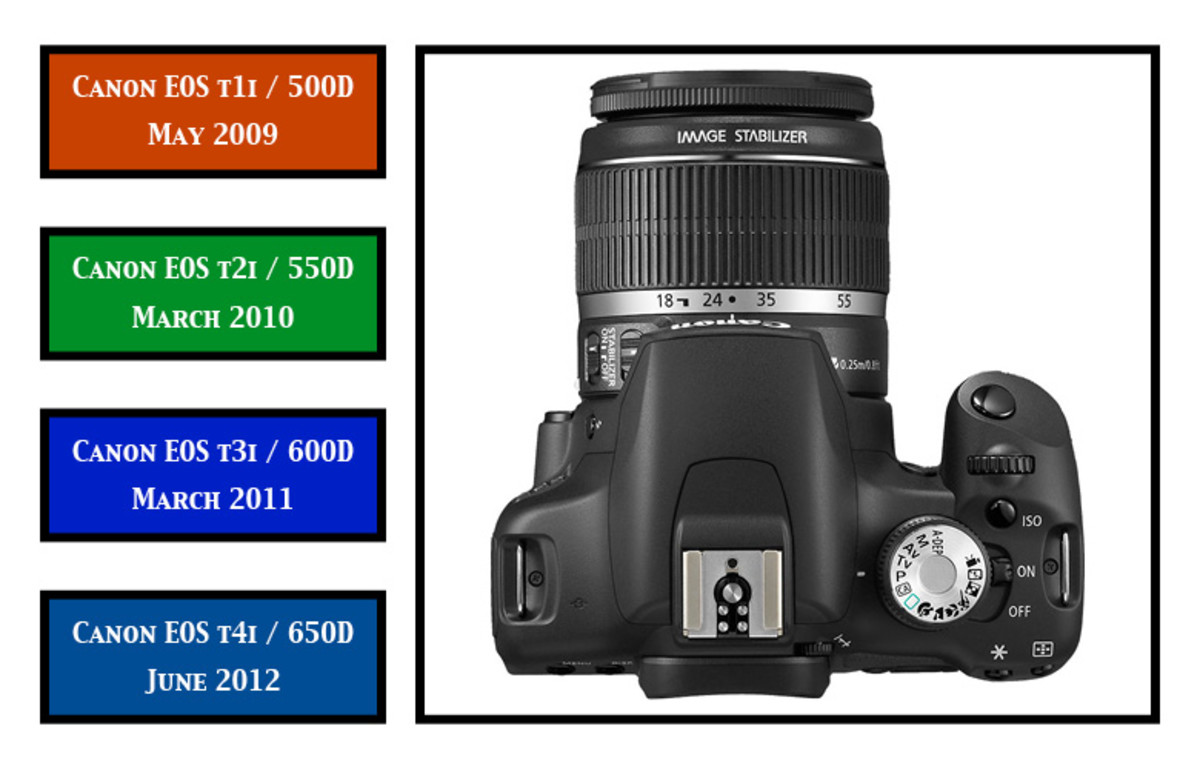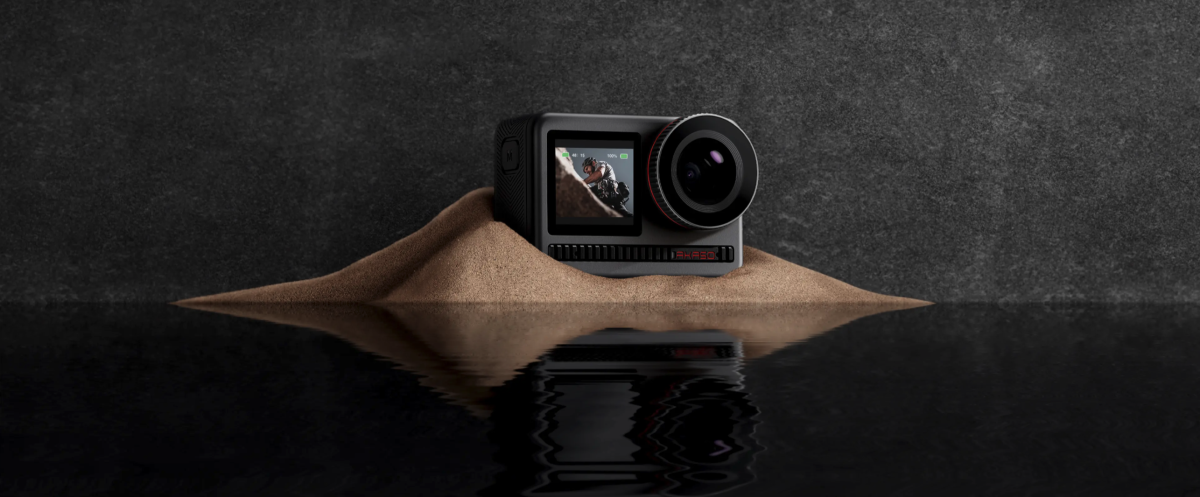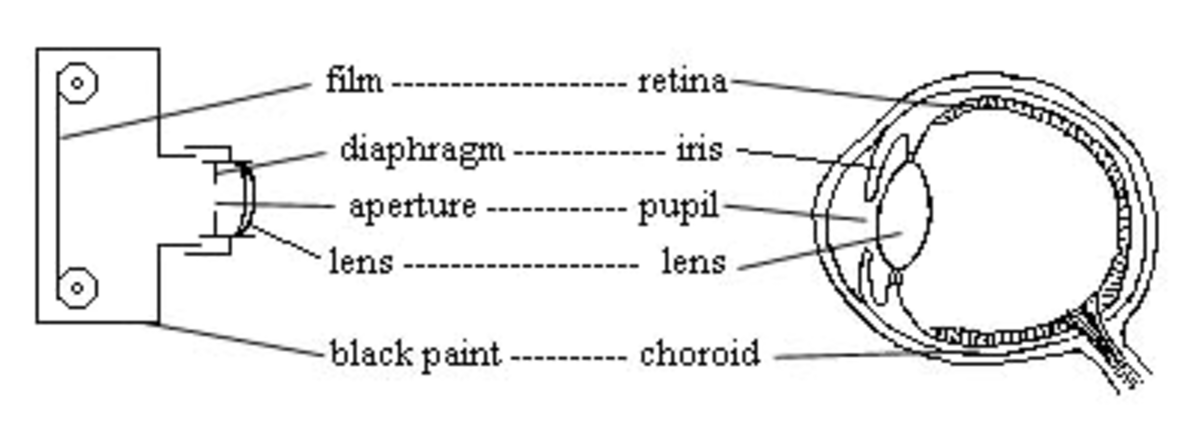- HubPages»
- Technology»
- Consumer Electronics & Personal Gadgets»
- Portable Electronics
Sony A57 Camera Review
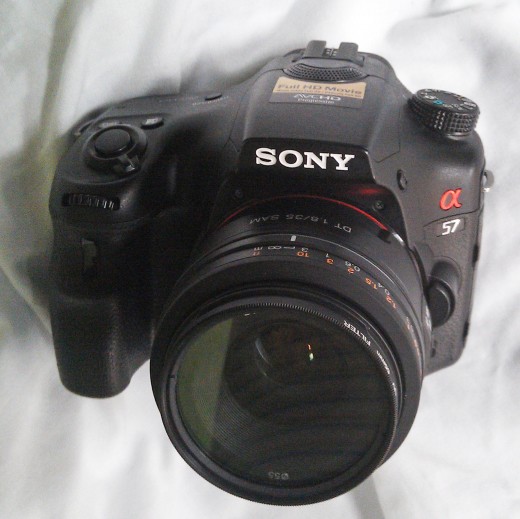
The Sony A57, or alpha 57, is a camera built for people who take their photography seriously. Its pricing is well below that of cameras that are aimed at semi-pros and pros, but it has almost all of features that are included in Sony's semi-professional product, the A77. It is in a niche very similar to that of the A65, but it is priced about $100 to $200 less.
In this Sony A57 camera review, I am going to point out the features that make this camera worth considering by those who wish to upgrade from older models. I also do some comparisons with its predecessor, the A55, and with the A65 and the A77. This information provides a quick guide for deciding on which model to purchase. I am doing this because it is difficult to make a purchasing decision, because at first glance, there are so many similarities between the different models of Sony alpha cameras. I have also included a YouTube review and have listed major specifications of this camera.
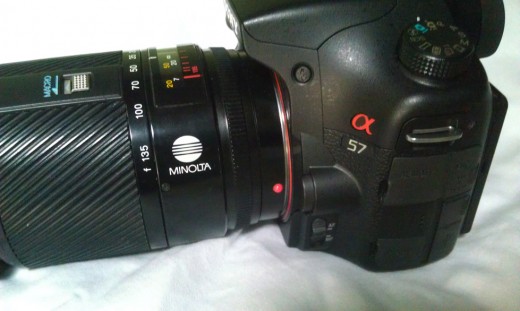
Improvements over the A55
The Sony A57 comes with several improvements over the older A55. It has a larger body and a more substantial grip which makes handling it easier, especially for those with larger hands. It also has a larger battery, focus peaking (which helps sharp focusing) and improved resolution in its viewfinder. Continuous shooting at 12 fps is better than the 10 fps on the A55, as well (but this is at a lower jpeg image quality). In addition to the 60 p video format, 24p format is available on the A57, giving your recordings a more film-like feel and more conversion options.
The Sony A57 vs the A65 vs the A77
Both the Sony A57 and the A65 are similar offers from Sony. They have the same camera body and button layout. The differ in at least three internal aspects, however. The A57 sensor has 16.1 megapixels resolution while the A65 as 24.3 megapixels. I don't think this is a big deal though, as the photo image quality at both low ISO and high ISO settings are similar as illustrated in studio comparisons (see the DP review).
The A65 has a viewfinder technology called an OLED EVF while the A57 has and LCD EVF. Some users prefer the finer resolution of the OLED EVF and the lack of a phenomenon called tearing, while others are find with the A57's viewfinder perfectly fine. I have no problems with it. Finally, for some users, the lack of GPS on the A57 is a deal breaker. It was present in the A55 and is standard with the A65. But, without GPS, the battery life is much better.
Going significantly up in price, the A77 has all the features of the A65, like the 24.3 megapixel sensor and the GPS, it has a metal core and its body is waterproof. It also offers an LED readout on the top of the camera so you can quickly see the settings. With the A57, you need to look through the viewfinder to see the settings. The A77 is also rated to have 50% more shutter life than the A57 and the A65; so, if you are going to use your camera day-in and day-out, under damp conditions and want a more tank-like body, then invest more money and get this model.
Sony A57 Specifications
- Exmor™ APS HD CMOS image sensor, 16.1 megapixels resolution,
- Processor : BIONZ™ image processor
- Focal conversion factor, 1.5 x - a 50 mm lens acts as a 75 mm lens
- Records still images as JPEG standard or fine, JPEG + RAW or RAW
- HD Video - AVCHD: 1920 x 1080, with options for less resolution and different formats
- 3:2 or 16:9 aspect ratio
- Battery - 1700 mAh (long life, rechargeable)
- Stereo microphone, external microphone jacks
- Remote control capable
- Telezoom to 2X, with pixel compensation technology, external button control and wheel
- Point-and-shoot via Intelligent Auto, Panorama mode, HDR, continuous shooting to 12 fps
- Eleven types of picture effects
- Easy exposure bracketing control
- Holds Scan Disk SDHC or SDXC or Sony Memory Stick Pro Duo - faster memories are needed for continuous shooting setting to keep up with recording.
- 15 focus points and TTL phase detection autofocusing, subject tracking
- 3-inch TFT extra fine display, which swivels down and at an angle (but not to the side)
- Internal image stabilization - which means you can buy any lens that fits the alpha mount
- Very good low light use, up to 16,000 ISO, but the best images are obtained up to 3,200
- Up to 550 images with each fully charged battery, same battery that is in the A65 and A77
- Type C HDMI cable output, USB 2.0, accessory shoe (proprietary and microphone output
- Continuous live view, thanks to the SLT (translucent mirror) build
- Display customization - histogram, grid and grid line, magnification of photos and display for preview, level gauge
- Face and smile detection - user controllable
More Info On The Sony A57
Compatibility with Minolta Lenses And Lens Suggestions
The lens mount, or alpha mount, on all Sony alpha cameras accept lenses made by Minolta. Sony acquired Minolta and retained the lens mount configuration. So, you can use Minolta lenses as a more economical choice to find quality optics. You can often get quality optics at half or less than the Sony G lenses. The Maxuum series of Minolta lenses also work with the automatic focusing feature. If you choose other types of Minolta lenses, manual focusing will be necessary. Two of the Minolta zoom lenses I recommend, if you can find them, are the Maxxum 28-135mm and the Maxxum AF 100-300mm.
Other manufacturers make good quality lenses for the Sony alpha mount as well. If you are interested in macro photography, consider the highly rated Tamron SP AF 90mm Di Macro 1:1. For those who want really wide angle shots, consider also the Sigma 10-20mm f4-5.6D EX DC HSM.
A57 Video Example with Autofocus
Taking Video
You can choose to take video at the highest HD resolution or at 720 p. If you are just doing videos for the Internet and viewing on computer screens, 720 p is just fine and it will save you space on your storage. What follows are some annoyances regarding the video:
Movie button. I find the dedicated button for turning movies on and off a bit distracting and I don't know why Sony arranged the button in such an awkward place to the right of the view finder. It is more intuitive to use the camera shutter button.
Heating problem. One thing you might find extremely annoying about taking videos with the A57 and probably all other A versions is that it heats up to the point of not being able to do any more video or still shots. The limit seems to be at around 30 minutes of video before it reaches the point where you have to cease taking video.
Noise from the autofocus. With many lenses that I have, I find the autofocus noise very distracting. Perhaps there are some lenses that are available that can be used to minimize this. The kit 35 mm lens is less noisy as compared to my Minolta AF lenses. If you are doing something that requires a noisier lens, you may want to attach an off-camera microphone.
Settings Flexibility on the A57 Camera
Why Choose A Sony A57 Camera Over Other Models?
The Sony A57 is a good choice for anyone who is upgrading from an older Sony alpha camera or Minolta. And it is good for anyone who is just getting into a serious hobby from scratch. It is the most economical choice for getting most of the features that are shared with the semi-pro model, the A57. You get about 90% or more of the features of the semi-pro model at about half the cost. And the image quality appears to be equal to camera models that have the 24.3 megapixel sensor. To anyone who is watching their pennies, but really wants to make great photos that is a great deal!
Untouched Photos Taken with The A57 Using Different Lenses and Settings








